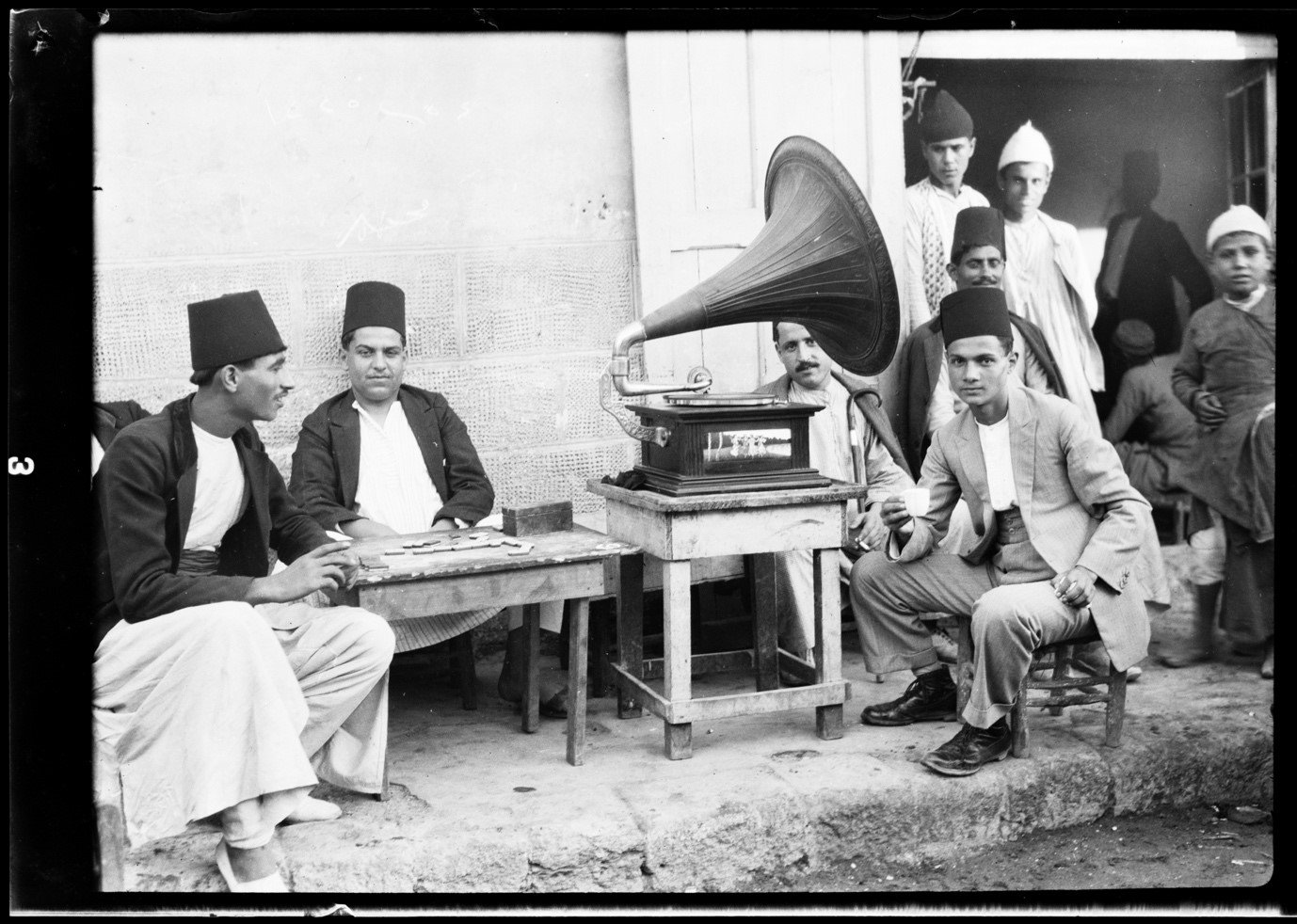Imaging and Imagining Palestine: Photography, Modernity and the Biblical Lens, 1918-1948
Karène Sanchez Summerer and Sary Zananiri (Eds.) - BRILL OJ SERIES - 2021Imaging and Imagining Palestine is the first comprehensive study of photography during the British Mandate period (1918–1948). It addresses well-known archives, photos from private collections never available before and archives that have until recently remained closed. This interdisciplinary volume argues that photography is central to a different understanding of the social and political complexities of Palestine in this period.
While Biblical and Orientalist images abound, the chapters in this book go further by questioning the impact of photography on the social histories of British Mandate Palestine. This book considers the specific archives, the work of individual photographers, methods for reading historical photography from the present and how we might begin the process of decolonising photography.
CHAPTER ->
Documenting the Social: Frank Scholten Taxonomising Identity in British Mandate Palestine
S.Zananiri
In 1920 Dutchman and photographer Frank Scholten left the Netherlands amidst legal troubles. He arrived in Palestine in 1921, spending two years there during a period of great flux with the establishment of the British Mandate after the collapse of the Ottoman Empire. A Catholic convert and homosexual, Scholten shows us a vision of Palestine that differs greatly from other visiting European photographers. His photographs depict a multi-communal world in the throes of transition in which he clearly moved through multiple cultural spheres.
Working with this understudied archive, this chapter considers the complicated taxonomies that Scholten employed in photographic approach to Palestine.
It postulates that his Dutch background – and the consequent context of pillarisation – as well as the informal scholarly networks within which Scholten moved, informed this sensitivity to ethnographic taxonomy, which is rare among visiting photographers.
Scholten imaged people in the context of their daily lives, both at work and leisure, rather than in studio settings making his work particularly valuable in reassessing social histories of the British Mandate. His corpus gives us a vision of another world which undermines and problematises the dominant taxonomies that were cemented during the British Mandate period and continue to inform the ongoing paradigms of the region to this day.
related projects
Frank Scholten: Photographing Palestine - Film
Frank Scholten: Archaeology and Tourism in the ‘Holy Land’ -Exhibition
Unsilencing Palestine: 100 years after Frank Scholten - Exhibition



